 (1)
(1)
The performance of any web site can be analyzed in the Fourier sense during a given time-window provided comprehensive statistics exist for that time-window.
Before we attempt an analysis, we need to decide what exactly constitutes a signal for a web site. The most prominent characteristic of any web site is the number of pageloads (L) or hits it receives, therefore we can define the signal of a web site to be related to the number of hits the web site receives.
Owners of web sites are primarily interested in increasing their web site's hits because this increases the web site's popularity, therefore if the hits go up the performance is becoming better and if the hits go down the performance is worsening.
We are therefore interested in the total variance of hits, or, in other words, in tracking the ups and downs of hits for the web site in question. If p is the period of the time-window in question, we have available data about the total number of hits/p as L[n] from a web page's statistics counter, therefore we can define the web site variance, as:
 (1)
(1)
In turn, (1) now defines a web site signal in terms of the Heaviside step function H, as:
 (2)
(2)
Once we have a signal S(t), we can analyze it in the Fourier sense using Maple. Follows the analysis for this web site starting with year 2011[1].
Weekly Performance
| Week # | Hits[2] | S(t)/F25(t)[3] | Spectrum[4] | Trend[5] |
| 1 (2-8/1) |
390,539,434,449,515,479,345 | 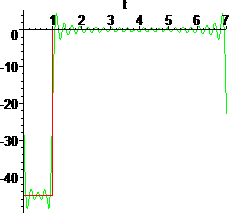 |
 |
- |
| 2 (9-15/1) |
438,452,552,484,524,575,505 | 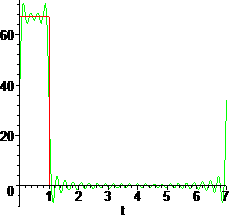 |
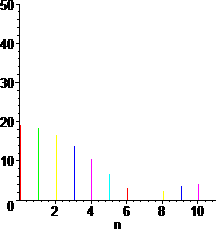 |
+ |
| 3 (16-22/1) |
532,498,576,543,611,608,604 | 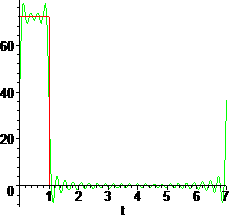 |
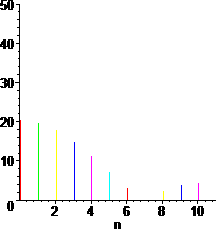 |
+ |
| 4 (23-29/1) |
480,540,539,577,472,457,343 | 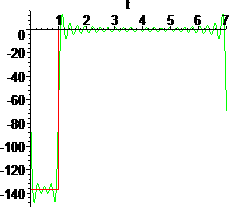 |
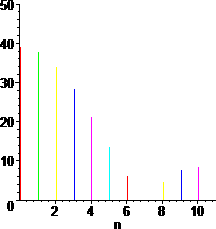 |
- |
| 5 (30/1-5/2) |
442,538,648,477,448,473,397 | 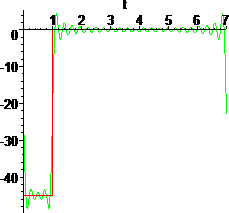 |
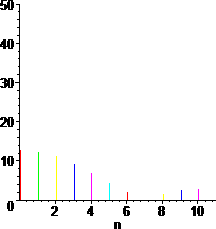 |
- |
| 6 (6/2-12/2) |
340,479,481,608,684,527,421 | 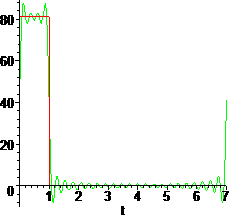 |
 |
+ |
| 7 (13/2-19/2) |
468,593,650,564,592,496,441 | 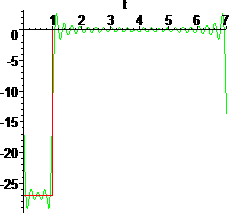 |
 |
- |
| 8 (20/2-26/2) |
447,686,636,707,521,498,472 | 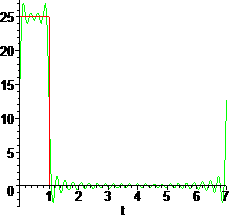 |
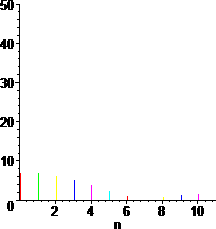 |
+ |
| 9 (27/2-5/3) |
518,571,563,627,585,519,464 | 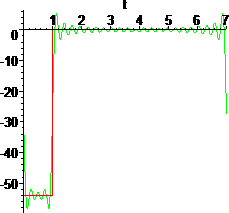 |
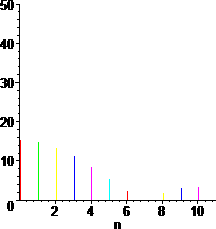 |
- |
| 10 (6/3-12/3) |
578,607,608,656,640,539,429 | 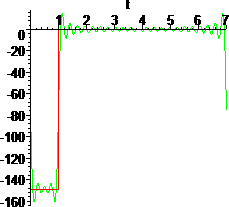 |
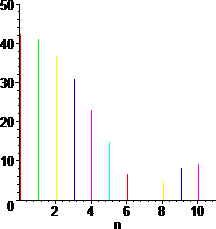 |
- |
Monthly Performance
| Month | Hits[2] | S(t)/F25(t)[3] | Spectrum[4] | Trend[5] |
| January | 3199,3624,3920,3370 |  |
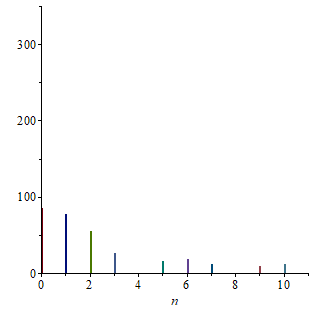 |
+ |
| February | 3321,3625,3804,3967 | 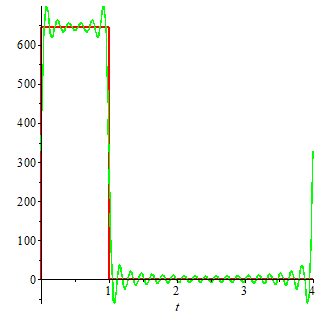 |
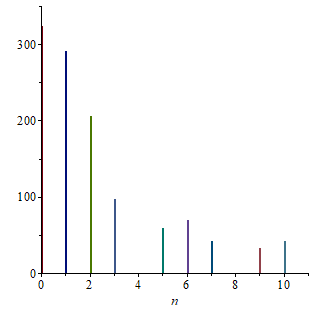 |
+ |
| March | 3847,4057,3827,3825 | 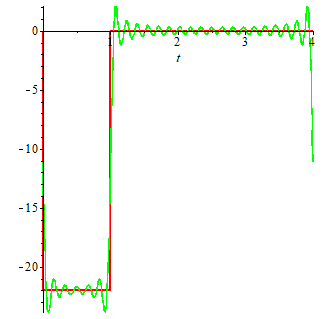 |
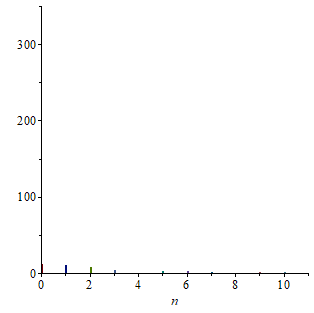 |
- |
| April | 4270,4005,3987,3494 | 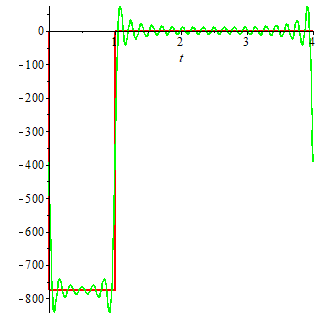 |
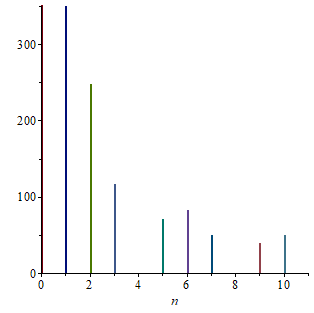 |
- |
Yearly Performance
| Year | Hits[2] | S(t)/F25(t)[3] | Spectrum[4] | Trend[5] |
| 2011 | 15260,14006,16457,14293,13414,10568, 9489,10504,14295,19956,19482,17323 |
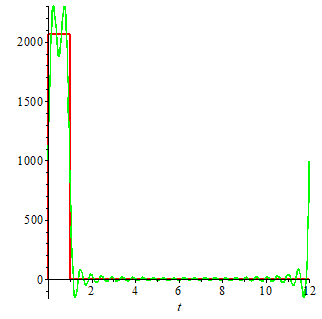 |
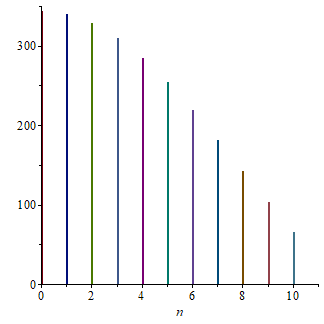 |
+ |